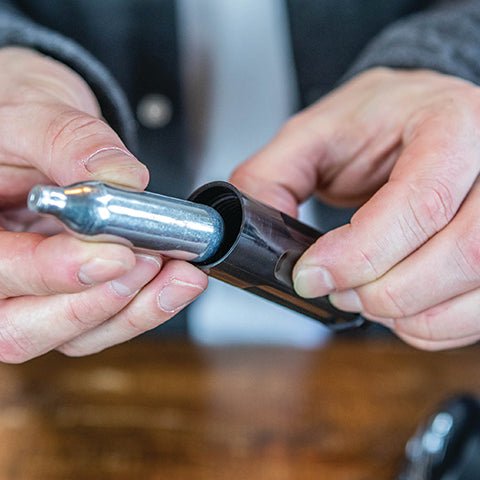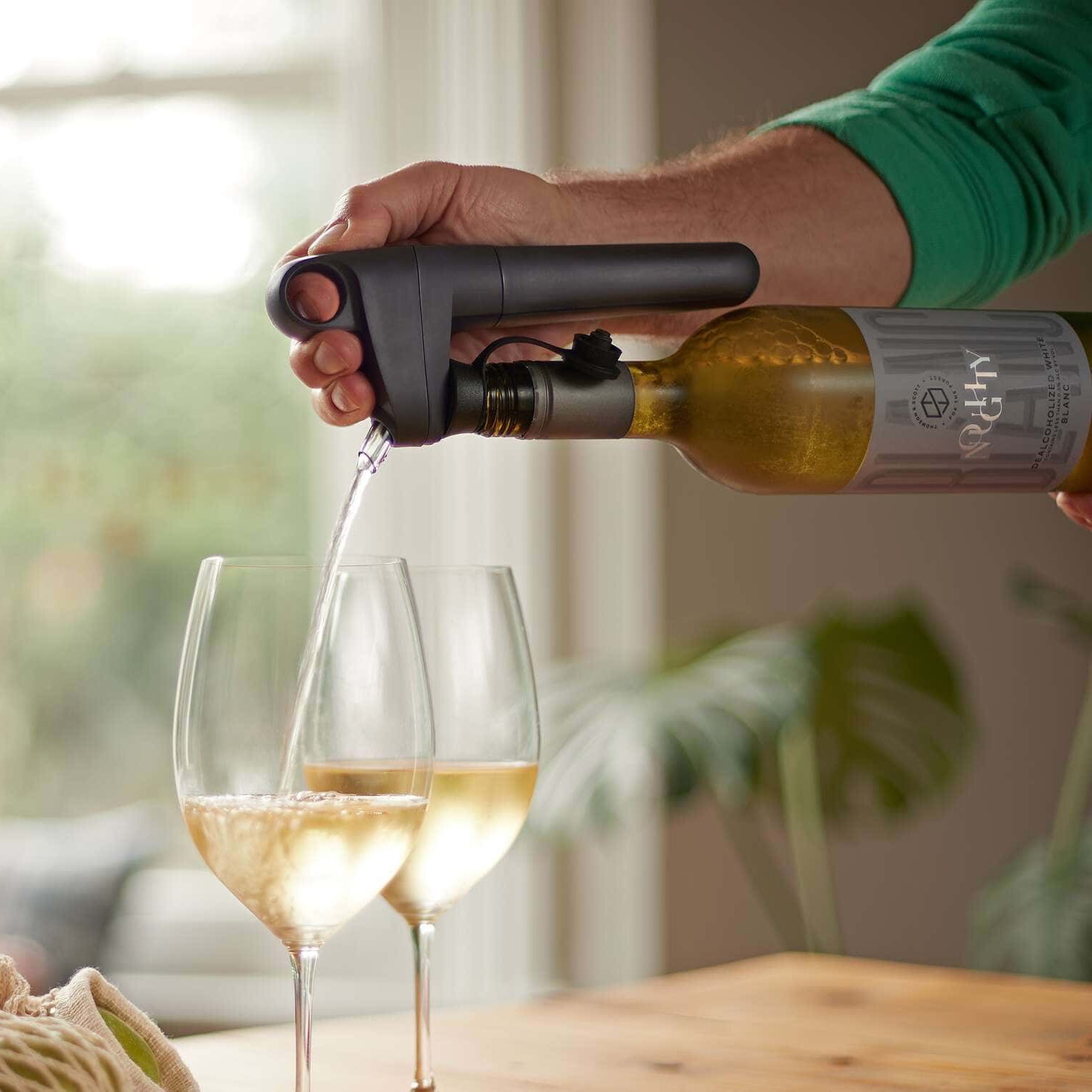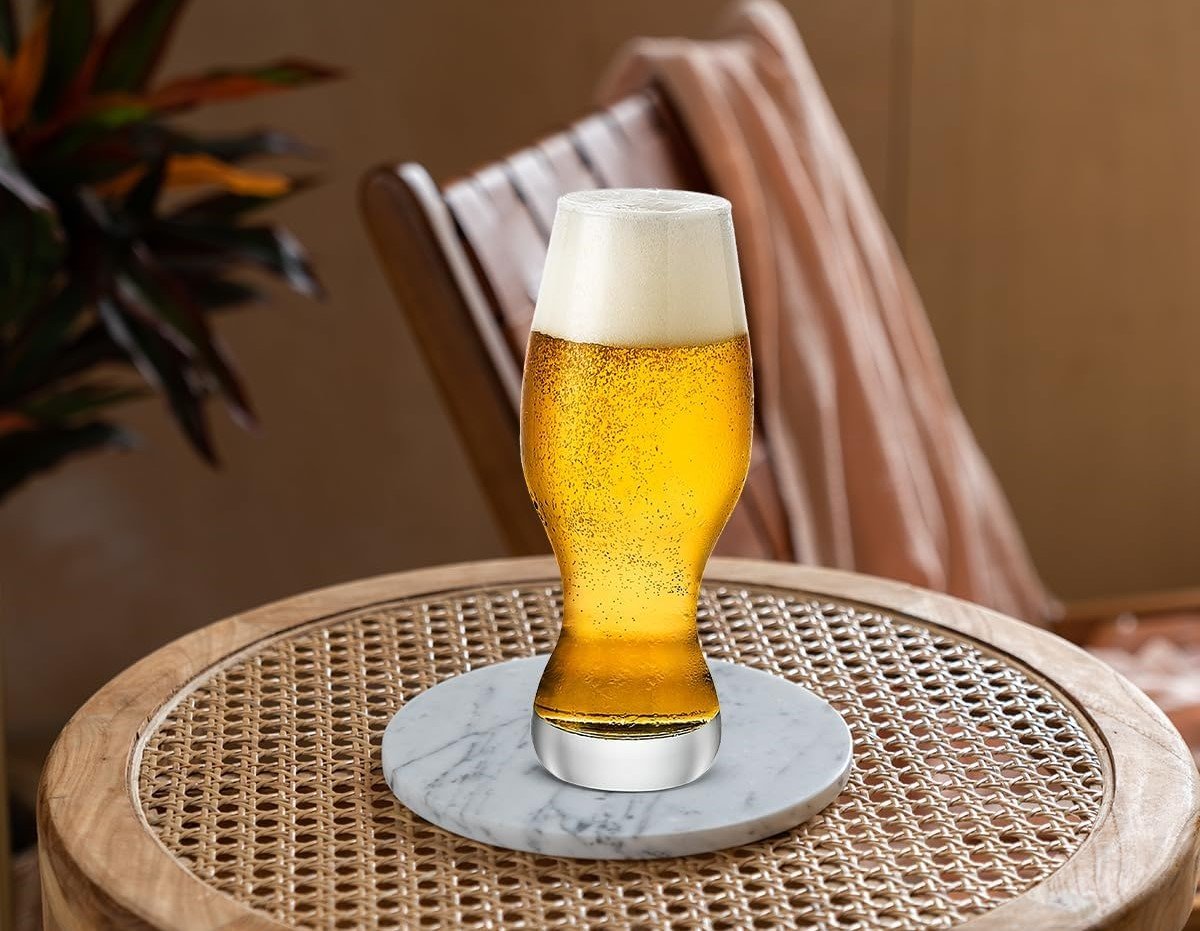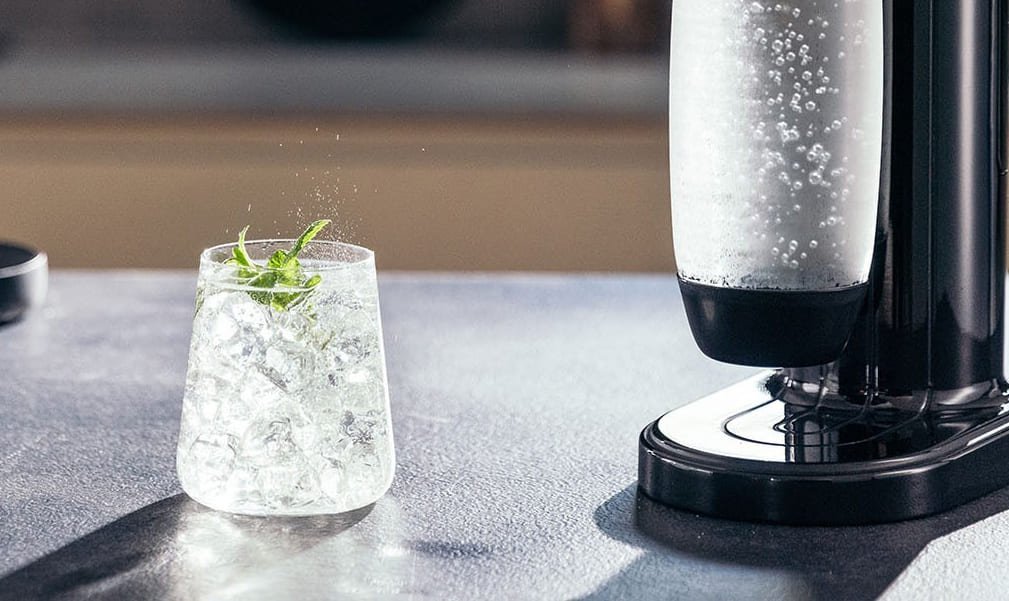When was the last time you checked the CO2 cartridge in your life jacket? Most people forget—until it’s too late.
Life jacket CO2 cartridges typically last up to 5 years, depending on storage, usage, and environmental conditions. Always check for expiration dates and signs of wear before use.
You might think your life jacket is ready just because it looks fine. But if the CO2 cartridge inside has expired, you’re risking your safety. Here’s everything you need to know.
Understanding Life Jacket CO2 Cartridges?
CO2 cartridges are the power behind inflatable life jackets. But how exactly do they work?
A life jacket CO2 cartridge triggers inflation automatically or manually by releasing high-pressure gas into the vest’s bladder, providing instant buoyancy.

Key Components of the Cartridge System
| Component | Description |
|---|---|
| CO2 Cartridge | Contains compressed gas (usually 33g, 45g) |
| Trigger Mechanism | Activated manually or by water pressure |
| Bladder | Inflates to keep the wearer buoyant |
Most cartridges use 1/2″ 20 UNF threading to fit standard inflators. They come in different weights—from 24g to 95g—depending on the life jacket’s buoyancy rating. They’re made of steel and are non-refillable for safety.
If you’re looking for high-quality life jacket CO2 cartridges in bulk, explore our OEM CO2 cartridge range here.
Do CO2 Cartridges Expire or Go Bad?
Ever found a rusty old cartridge in your boat’s storage bin? Don’t trust it.
Yes, CO2 cartridges can expire. Over time, moisture, corrosion, and micro-leaks compromise the integrity of the steel and the seal, making them unsafe.
What Happens When They Age?
1. Corrosion
Stored in humid conditions, the steel casing can rust, weakening the structure and possibly causing leaks.
2. Seal Degradation
The seal that holds the gas inside may degrade, especially with temperature changes, reducing pressure over time.
3. Regulatory Expiry
Some regulatory bodies require periodic replacement—even if unused—just like fire extinguishers.
How Often Should You Replace One?
You might think, “It looks fine—I’ll use it.” But visual inspection isn’t enough.
CO2 cartridges should be replaced every 3–5 years or immediately after use, even if unused during that time but exposed to harsh conditions.

Practical Maintenance Routine
- Annual Inspection: Check for corrosion, rust, or dents.
- After Exposure: Replace if submerged in water or stored in high humidity.
- After Deployment: Always rearm with a new cartridge.
Key Factors That Affect Cartridge Lifespan
Ever wondered why some cartridges fail faster than others, even if unopened?
Heat, moisture, physical damage, and poor handling can all reduce the cartridge’s effective lifespan.
External Factors That Matter
| Factor | Impact on Lifespan |
| Temperature Swings | Can compromise seals and pressure levels |
| Humidity | Causes rust and corrosion |
| Mishandling | Physical dents may weaken casing |
| Chemical Exposure | Accelerates metal degradation |
Warning Signs Your Cartridge Needs Replacing
If you see these, don’t second guess—replace the cartridge.
Bulges, rust, dents, leakage stains, or missing weight are clear signs your cartridge is no longer safe.
How to Inspect Safely
- Visual Check: Look for physical deformation or rust
- Weigh It: Compare with stated net weight (e.g., 135g for 33g cartridge)
- Seal Check: Ensure the burst disk or pin hasn’t been compromised
Storage Tips to Keep Your Cartridges Safe
Don’t just toss them into your garage drawer.
Store cartridges in a cool, dry place away from sunlight, saltwater, or temperature extremes to maintain pressure and prevent corrosion.
Best Practices for Storage
| Tip | Why It Helps |
| Use Airtight Boxes | Reduces moisture exposure |
| Keep at Room Temperature | Prevents pressure fluctuations |
| Label Purchase Date | Easy tracking of cartridge age |
| Avoid Contact with Chemicals | Keeps steel intact |
How to Choose the Right Cartridge Type
Not all cartridges are created equal—and not all fit your vest.
Match your life jacket’s buoyancy requirements (like 150N) with the correct cartridge size and threading type (like 1/2″ 20UNF or 5/8″).
Choosing Made Easy
| Jacket Type | Recommended CO2 Cartridge | Thread Size |
| 150N Adult Vest | 33g | 1/2″ 20 UNF |
| Offshore Large Vest | 60g or 95g | 5/8″ |
| Youth PFD | 24g | 1/2″ |
Best Practices for Bulk CO2 Cartridge Replacement
Buying for your marine shop or safety gear store? Timing and sourcing matter.
Replace stock annually, verify batch pressure levels, and choose suppliers with certifications (ISO, CE). Avoid storing too much in humid or hot conditions.
Tips for B2B Buyers
- Work with verified manufacturers like Alizeemetal with ISO-certified production
- Ask for custom labeling or bulk packaging options
- Schedule seasonal restocking before boating seasons
- Contact us for a tailored B2B quote
Final Thoughts: Stay Safe, Stay Ready
Your life jacket might look brand new, but if the CO₂ cartridge inside is expired, corroded, or damaged, it’s as good as useless in an emergency. Regular maintenance isn’t optional—it’s essential. Always check the cartridge’s expiration date, inspect for rust or deformation, and replace it after any deployment or prolonged exposure to harsh conditions. For business buyers, maintaining certified stock and rotating inventory before peak seasons ensures you’re providing reliable gear when your customers need it most. Whether you’re a casual boater or a safety gear supplier, staying proactive with your cartridge care could one day save a life—maybe even yours.

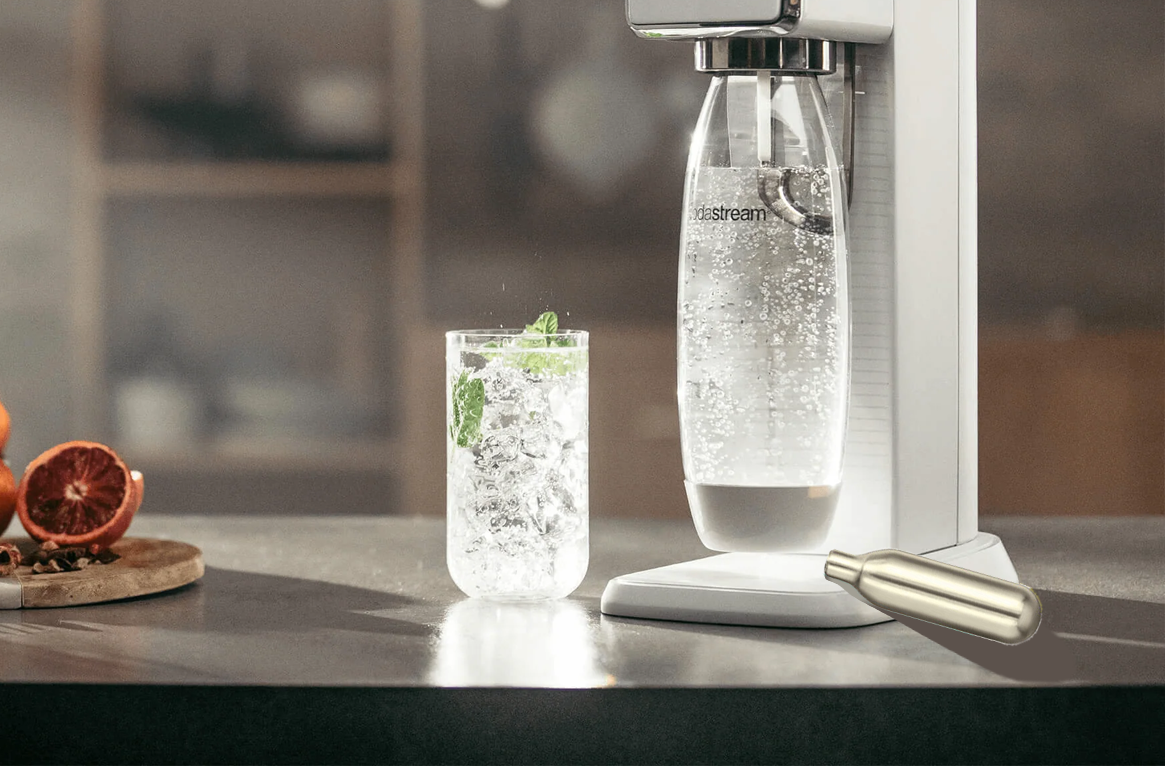
![which co2 cartridge size is best for soda makers [complete buying guide]](https://alizeemetal.com/wp-content/uploads/2025/09/Which-CO2-Cartridge-Size-Is-Best-for-Soda-Makers-Complete-Buying-Guide.jpg)
